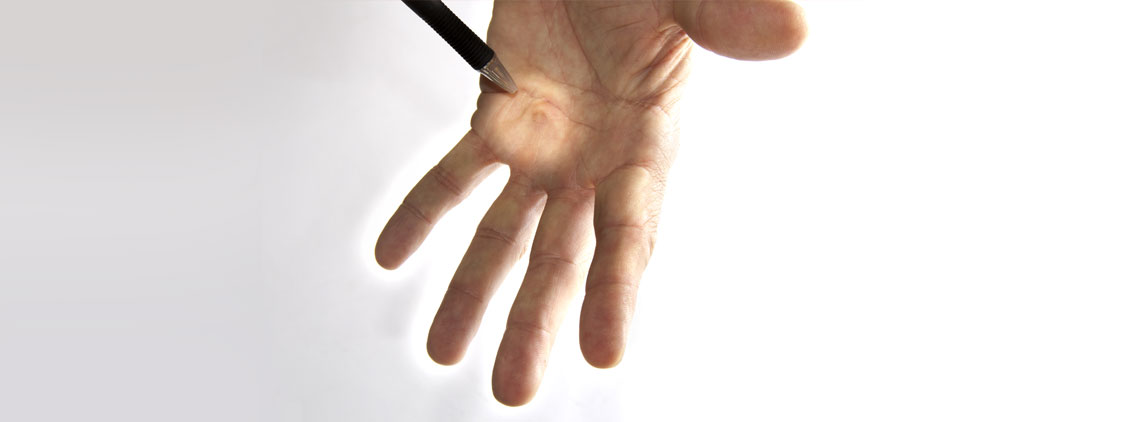
Dupuytren’s Disease or Dupuytren’s Contracture Surgery
Overview
If you have Dupuytren’s disease or Dupuytren’s contracture you may have a finger that has curled or pulled inward due to a fascia (skin tissue) thickening and tightening. This makes daily activities and normal hand function hard for you. You may have initially noticed lumps of tissue form under your skin on the palm. This is followed by the diseased tissue as it pulls on the overlying skin. This can band one or more fingers into a bent position. While the cause of this disease is uncertain, most correlations point to genetics. There are additional factors to be included: men are more likely to develop this than women, people of northern European and Scandinavian ancestry, those who consume alcohol, common in people who have seizures and diabetes, and increased age. There’s no cure for Dupuytren’s disease however surgery will help by “setting back the clock.”
How to Prepare for Surgery
You won’t be able to eat the day you have surgery. You should be able to continue drinking water as normal. Just avoid drinking other beverages, like soda, juice, or milk. We may also ask that you quit taking certain medications like aspirin or anti-inflammatory drugs a few days before surgery. Make sure we know what medications you take regularly.
Procedure
During this surgery, we will use a local anesthetic to numb the hand without putting you to sleep in order to disrupt the cords in your hand. We may also remove the cords causing the fingers to curl in. A zigzag incision will be used and skin taken from other places on the body will be used to assist with healing the wound.
We may also suggest a needle aponeurotomy. Which is a new procedure done on an outpatient basis. We begin by numbing your hand with a local anesthetic and then use a needle to pass back and forth through the cords to weaken or rupture the tissue. The tissue will remain in your hand rather than being removed. Since this is a new procedure the long-term recurrence rates are unknown.
Recovery
You will be asked to wear a splint after surgery in order to help with healing. Exercises will be provided for you to do at home or we will suggest you attend physical therapy in order to help strengthen your fingers and increase the function. This should also help with the reduction of swelling as well.
Efficacy
The cords causing the fingers to curl in are removed or disrupted allowing for increased hand function.
Complications
The healing tissues have the same chance of becoming cords in the future.
Outlook
Around 20% of patients’ conditions will require additional surgery.

